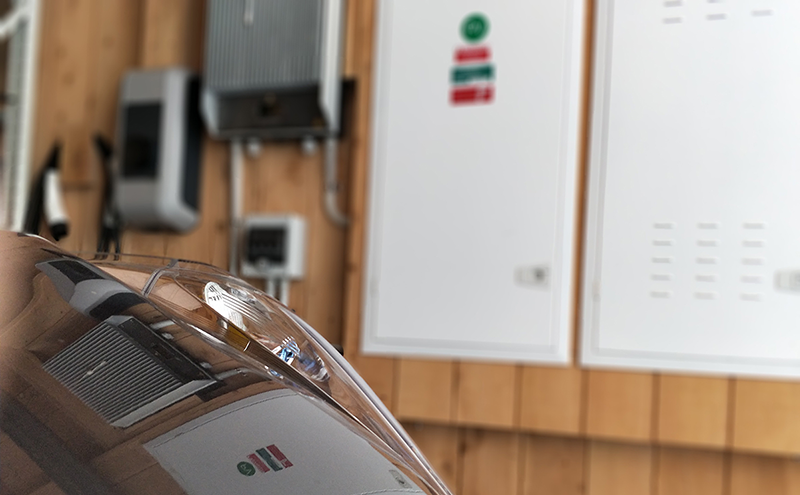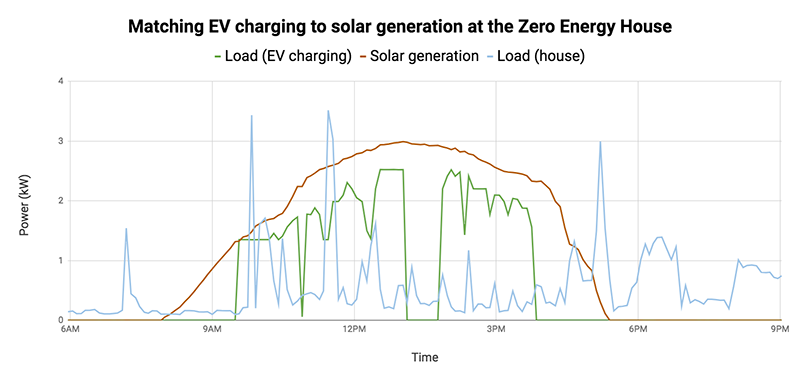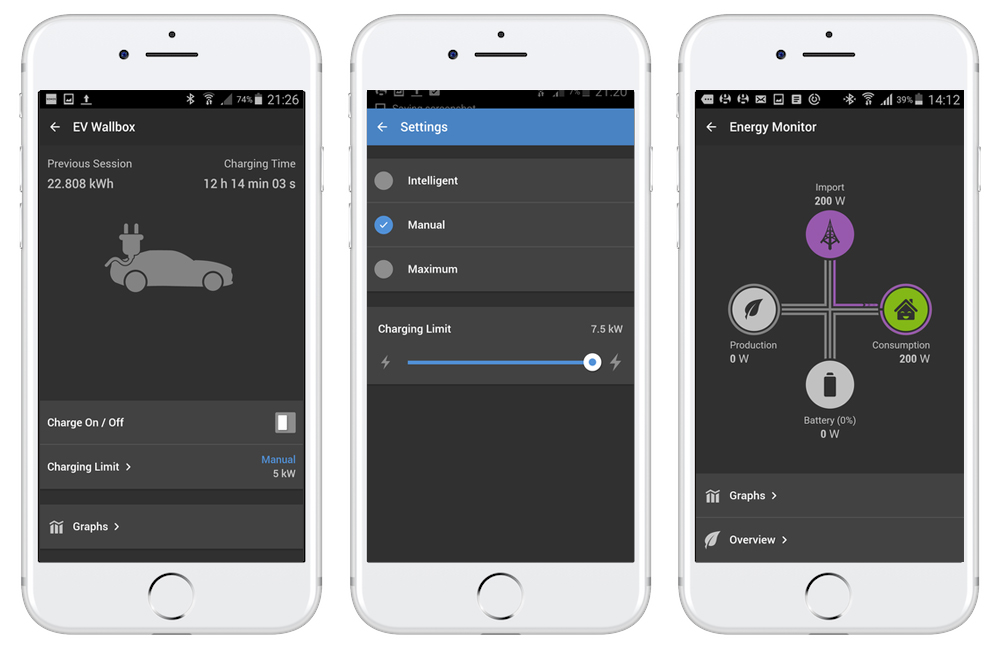The fifth in a series of profiles of New Zealand business leaders utilising technological solutions for a zero-emission future, Pure Advantage and Westpac
The shift towards electric vehicles is a big opportunity for New Zealand in tackling road transport carbon emissions, but it comes with a corresponding increase in demand for electricity. This presents both challenges and opportunities we should start thinking about sooner rather than later if we want to maximise the environmental benefits of electric vehicles.
At Evident, we take a holistic and systematic approach to the flow of energy around a building. Our smart building systems connect and manage the various systems in a building that generate, use and store electricity. One objective is to maximise the value of photovoltaics by increasing the amount of generated energy used onsite (rather than selling it via the grid and then buying it back at a higher price). One way in which we achieve this is by automatically controlling loads such as hot water and space heating to consume power when there is a surplus available from solar.
Over the last six months, however, we’ve been piloting a new approach to load control in collaboration with RDT Pacific that has integrated solar PV with an electric vehicle. This has allowed both our companies, who work in the construction sector, to broaden our thinking about energy flows beyond the physical boundaries of a building.

EV in the Zero Energy House garage. In the background are the wall-mounted charger, solar inverter and the switchboard containing the smart building system.
RDT Pacific and Evident share a commitment to sustainability and we both work to reduce the impact of the built environment. There’s also a personal connection. Simon Wilson, RDT Pacific Director, has been an informal advisor to Shay Brazier and I since we founded Evident. Recently, Simon and his family moved into the same street as Shay’s Zero Energy House, the first building in New Zealand to obtain Zero Energy certification (meaning it generates more energy via solar PV than it uses).
Earlier this year Simon required a new RDT Pacific company vehicle and investigated electric vehicles as a means of reducing environmental impact. Being familiar with the Evident smart building systems and living close to the Zero Energy House, Simon explored with Shay whether the vehicle’s impact could be reduced even further by charging it with surplus solar energy from the home.
This led to the pilot project and over the past six months, most of the car’s charging has been done at the Zero Energy House. One of the Evident smart building systems continuously monitors energy generation and use, and whenever possible controls the EV charger to match charging to the amount of surplus energy available from the solar system. When using this approach, we can be sure the car is being charged with a renewable source of electricity. The more we do this, the less the vehicle needs to draw electricity from the grid which is supplied by a mix of renewable and nonrenewable sources.

A recent spring day at the Zero Energy House, with solar generation (in orange) between sunrise and sunset. EV charging (in green) is controlled to use the amount of solar energy remaining after house loads (in blue) are met.
Beyond the environmental benefits, this approach also has the potential to improve the financial performance of both solar (by reducing the financial losses associated with trading energy over the grid) and the vehicle (by using a cheaper electricity source). It also provides convenience – charging can be monitored and controlled remotely using an app – and data is logged in a cloud data store for analysis, billing and education purposes. Outside of the times when solar energy is available the car can be charged off the grid. If price, demand or carbon emissions were available from the energy retailer the same technology could be used to reduce the cost of charging, decrease demand at crucial times and reduce emissions.

Smartphone app allows (1) activation of charge, (2) setting ‘intelligent’ charging from solar, (3) monitoring of energy flow between solar, the building, battery storage, and the grid.
This pilot project demonstrates use of two increasingly common technologies that, when integrated, deliver environmental benefit. It also points to the need to think beyond simply switching to electric vehicles, and considering where the electricity needed to charge them comes from.
Right now, switching from a petrol car to an electric one reduces your road transport emissions by 80%, in large part because in New Zealand renewables play a major part in generating electricity.
This works at current market penetration, with only a few thousand electric vehicles on the road. But what about the long-term? How can we ensure the millionth electric vehicle also reduces emissions by 80%?
The amount of electricity required for EVs is not insignificant. On average, each vehicle needs around 2,000 kWh a year, roughly the same amount the average New Zealand home uses each winter. For most two car households, charging cars will become the largest electrical load in the home.
At these rates, based on a fleet size of 3.6 million, if half the cars in New Zealand were replaced with electric vehicles our national demand for electricity would increase by 10%. If they were all replaced, 20%. With today’s mix of electricity generation sources, we might have to lean more heavily on non-renewables to support this increase in demand – and that would diminish the opportunity for emission reductions that electric vehicles present.
This obviously isn’t a problem we have to solve right away, but the adoption of electric vehicles is gathering pace. The previous government targeted a 16-fold increase in the number of electric vehicles on the road in only the next four years – but even their target for 2017 was reached just halfway through the year. The combination of falling prices, extended vehicle range, and government incentives are all contributing to an increasing rate of uptake.
This shift towards electric vehicles will result in a significant change in our demand profile for electricity. Now might be an opportune time to refresh our thinking about elements of our long-term energy future, starting with defining a vision for energy in New Zealand and the outcomes we want for our environment, households and businesses. With that in mind we can design a future mix of energy sources that will deliver those outcomes and a roadmap that allows us to put them in place.
For our two businesses, this collaboration is already creating new opportunities. The EV and the story behind its charging provides RDT Pacific a tangible example with which to start discussion with clients around a more holistic view of energy in their building projects. At Evident, integrating EV charging into our smart building systems allows the customers we work with to broaden their goals and approaches to energy management beyond what they use in buildings to include what they use on the road.




Leave a comment